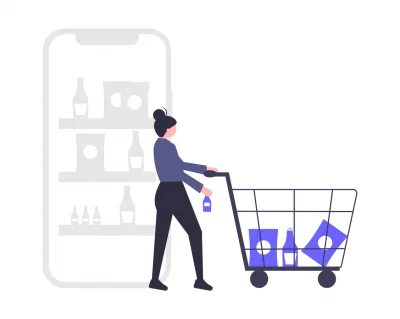
Commerce Questions and Answers
Test and improve your knowledge of the fundamentals of buying and selling with these Commerce past questions and answers.

Test and improve your knowledge of the fundamentals of buying and selling with these Commerce past questions and answers.
Which of the followingis a modern trend in retailing ?
Kiosk
Mobile shop
Vending machine
Tied shop
Correct answer is C
vending machine: Electronic machine used to disperse a product to a consumer after a certain amount of money has been put into the machine. it is used in retailed shops
after the offeror has made an offer
when the offeror's letter has reached the offeree
when the offeree's letter has been posted
after the offeree's letter has been recieved by the offeror
Correct answer is D
No explanation has been provided for this answer.
When expenses on trading are deducted, the result is the
rate of turn over
net profit
gross profit
cost of goods sold
Correct answer is B
Net profit is the actual profit after working expenses not included in the calculation of gross profit have been paid/deducted.
In the transportation industry, dead freight is used to describe the
cost paid for an empty space left in the ship
charge for each day a performance was delayed
persons that hire a ship for a specific purpose
cost of shipping a particular cargo for a specific voyage
Correct answer is A
Dead freight is the amount paid by or recoverable from a charterer of a ship for such part of the ship's capacity as the charterer has contracted for but fails to occupy also. it is simply payment for the unoccupied space in chartered ship.
target return pricing
market skimming
variable pricing
market penetration
Correct answer is B
Market Skimming Pricing. a pricing approach in which the producer sets a high introductory price to attract buyers with a strong desire for the product and the resources to buy it, and then gradually reduces the price to attract the next and subsequent layers of the market.